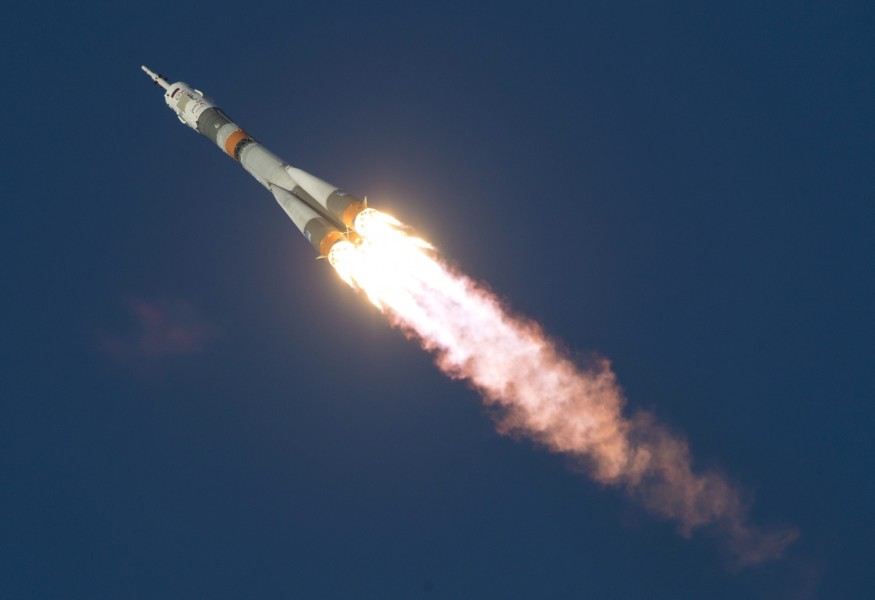No astronaut wants to witness their spaceship, which is the only means by which they may return to Earth, expel innumerable iridescent droplets of something into space although it is weirdly beautiful in its peculiar way.
The mission and, eventually, their lives were in grave danger when the Apollo 13 crew witnessed their ship practically bleeding out while traveling to the Moon. Voice of America said the Soyuz MS-22 spacecraft, now connected to the International Space Station is leaking. Still, fortunately, there is currently no imminent threat to anyone within the orbiting laboratory. The scenario is still unprecedented; and in order to send the crew home, engineers on the ground will need to make some really difficult choices.
Since this issue is still evolving, neither NASA nor Roscosmos, its Russian equivalent, has provided much details. However, based on the footage and pictures of the damaged Soyuz spacecraft that have been released to the public, we may make some informed assumptions that things aren't looking good.

ALSO READ : Soyuz Spacecraft Leak Could Prompt Russia to Send Rescue Mission for Stranded Cosmonauts Aboard the ISS
Leak Found Near Soyuz-22 Radiator
Republic World said the leak was discovered close to the radiator of the MS-22 spacecraft's cooling system on Dec. 15. By dispersing the interior heat into space, this coolant keeps the capsule at the ideal temperature for the crew and the avionics within. Many were concerned that MS-22's absence of a cooling system would lead it to overheat from being in the sun, but Roscosmos, Russia's space agency, certified that the temperature is within safe ranges.
To reach several exterior radiators positioned outside the Service Module, the Soyuz pumps coolant through two heat exchangers in the Orbital Module and Descent Module. Although they are hidden from view by the thermal blankets that cover the majority of the vehicle's surface, the coolant lines that link these modules really run along the exterior of the craft's hull.
Reports said the prevailing opinion is that a micrometeoroid or other tiny piece of space debris struck either the radiators or one of the exterior cooling lines; however, the specific origin of the leak is still unknown. It was hoped that deeper inspection over the weekend would reveal the source of the leak, but the outcome is still the same. The whole system's coolant is thought to have been poured overboard during the incident since there was no means to stop the flow, rendering the system unworkable.
The system is in charge of maintaining a suitable interior temperature for the Descent Module's human passengers as well as cooling the technology buried deep inside the vessel, including the flight computers. It would be extremely challenging to conduct cooling system maintenance and refueling while in orbit, and doing so would almost probably be considered too dangerous to try. Russian engineers must now determine if the Soyuz can safely return its three people to Earth while its cooling system is turned off.
RELATED ARTICLE : Cosmonauts' Spacewalk at the International Space Station Cancelled Due to Unexplained Leak From Docked Soyuz Spacecraft
Check out more news and information on Space in Science Times.
© 2026 ScienceTimes.com All rights reserved. Do not reproduce without permission. The window to the world of Science Times.











